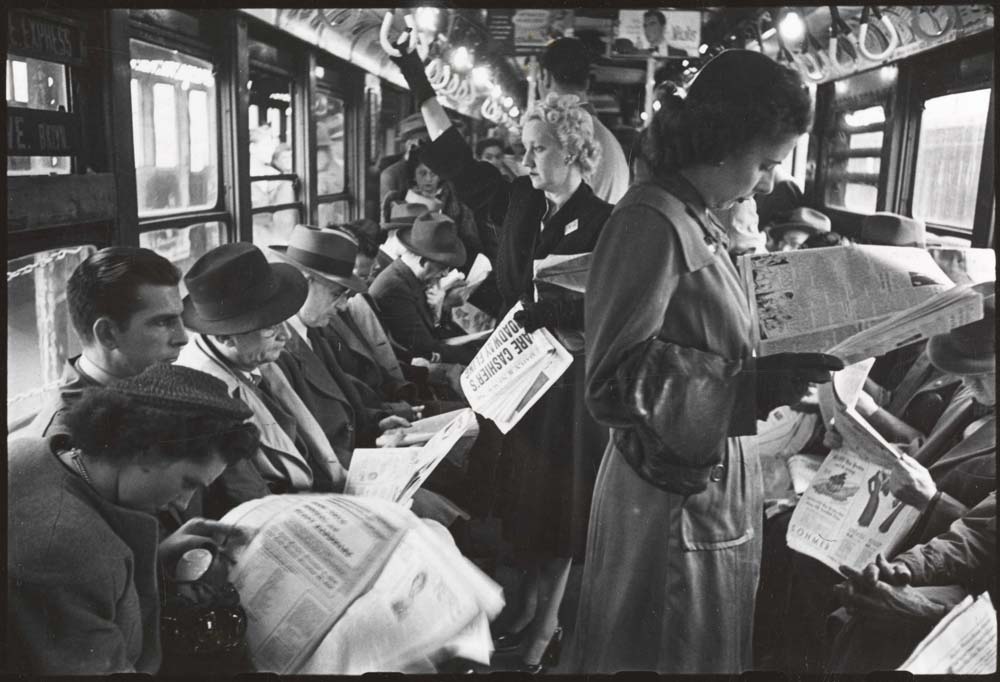
The escalators that will one day reach the East Side Acess Project terminal beneath Grand Central will the MTA's longest. (Image via WSJ)
Over the past few decades, the MTA has had a touchy relationship with its escalators. Those that exist in the subway system break down more often than we would prefer, and repairs take far longer to complete than initially expected. Some of the problem is due to the 24-7 pounding these machines take, and part of the problem is due to just about anything you could imagine.
Some time this decade, the authority will open its most escalator-dependent station yet. When the East Side Access terminal opens, 15 stories underneath Grand Central, the authority will be relying on 47 escalators traversing 180 feet into the depths. As Ted Mann wrote in The Journal on Friday, “The success of the new station is riding in large part on how well they work.” That may be a scary thought indeed.
Mann has more on the escalators:
Commuters might endure a short trudge up stairs, but few would have patience—or the stamina—for a heart-pounding slog to the surface that rivals a military workout. In public remarks about the East Side Access project, MTA Chairman Joseph Lhota has invoked the notoriously steep, and sometimes stalled, escalators of the Metro in Washington, D.C. With that in mind, the authority is leaving little to chance. Engineers have added extra capacity, so breakdowns won’t bring the station to a standstill.
And the MTA is experimenting with a first-of-its kind contract that will partially privatize the escalators. The company that designed the escalators and 22 elevators for the station won’t just install them, but also operate and maintain them in years to come. “The proof will be in the pudding,” one MTA official said, but the agency is counting on the arrangement to ensure its costly gamble to redirect commuter rail to Manhattan’s East Side will pay off.
Schindler Elevator Corp. won a $70.2 million contract to do the design, installation and long-term operation and maintenance of the system. “We’re putting the onus on the people who actually install them to operate them,” said Michael Horodniceanu, the president of the MTA’s Capital Construction division, which is building the project. The escalators will be the longest ever made at Schindler’s plant in Clinton, N.C., said Glenn Rodenheiser, the company’s project executive for East Side Access.
The key, of course, will be this privatization effort. Right now, commuters who know of the East Side Access plan have little sense of just how deep the terminal is, and the MTA will have no choice but to keep these escalators running. Otherwise, the traffic into and out of this deep terminal will suffer tremendously.


